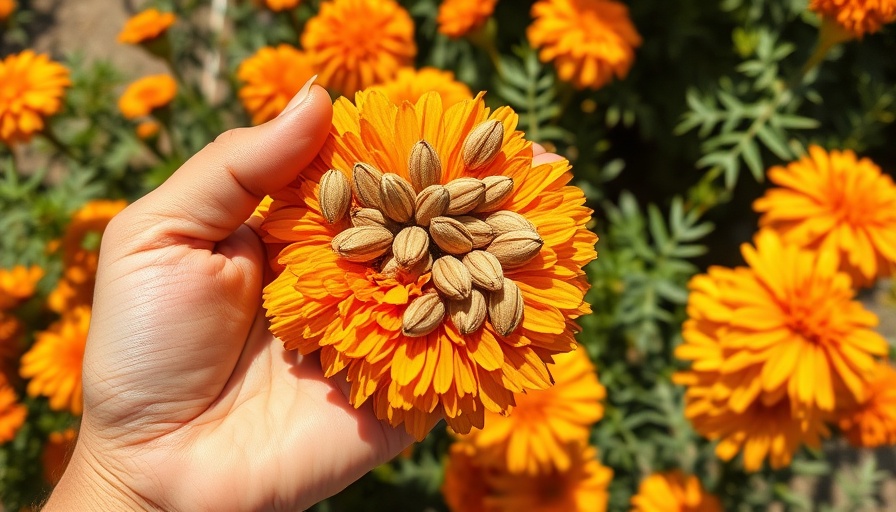
Why Collecting Annual Seeds is Essential for Gardeners
For gardening enthusiasts, the joy of watching your hard work flourish into beautiful blooms is unmatched. However, the cost of purchasing annuals each year can be burdensome. The solution lies in the art of seed collection — a practice that not only saves money but also allows gardeners to cultivate their preferred varieties year after year. By collecting seeds from annuals such as zinnias and marigolds, you can create a sustainable gardening cycle that benefits both the ecosystem and your wallet.
Understanding the Value of Seed Collection
Seed collecting from annuals brings several advantages. Besides the evident cost savings, it allows gardeners to maintain their favorite plants within their gardens. When you collect seeds, you have the opportunity to select your healthiest plants for future growth. This proactive approach ensures a robust genetic lineage that thrives in your local conditions. Furthermore, choosing open-pollinated varieties supports biodiversity and provides vital food sources for pollinators, enhancing the ecosystem in your own backyard.
Annual Flowers Worth Collecting Seeds From
Several annual flowers are particularly easy to collect seeds from, ensuring that your garden remains vibrant without the financial strain. Here are a few standout options:
- California Giants Blend Zinnia: Known for their bold colors, these zinnias not only bring life to your garden but are also a favorite among pollinators.
- Kilimanjaro White African Marigold: This stunning flower is easy to grow and offers superb seed collection opportunities for gardeners.
- Sea Shells Blend Cosmos: Their unique shape and variety of colors make them a delightful addition to any garden landscape.
Each of these flowers can contribute not only beauty but also biodiversity to your garden.
Practical Tips for Seed Collection
Collecting seeds, while simple, does require some attention to detail. Here’s how to ensure your success:
- Timing is Key: Wait for your flower blooms to completely dry before harvesting seeds. This ensures optimal seed maturation.
- Storage: Properly store your seeds in a cool, dry place. Use airtight containers to protect them from moisture and pests.
- Labeling: Keep track of your varieties by labeling your containers. This will help you remember what you’ve planted when spring rolls around again.
Tools and Techniques for Home Gardeners
If you're planning on making your gardening efforts more sustainable, consider these DIY projects:
- Build Elevated Planter Boxes: Ideal for small spaces, elevated boxes help maintain soil quality and plant health.
- Construct a Homemade Composting Barrel: Recycling organic waste into nutrient-rich compost benefits your plants while reducing waste.
- Design a Backyard Plant Support: Assist your climbing plants and expand your garden's vertical space with trellises and supports.
Why This Matters in Muskegon
The benefits of gardening extend beyond aesthetics. By picking sustainable practices, such as seed collecting, residents of Muskegon can embrace a more environmentally friendly lifestyle. Not only does this align with the growing trend of sustainability, but it also supports local ecosystems and improves the community landscape.
Call to Action
Are you ready to revamp your garden this year? Contact Norther-LawnCare.com, your top-rated local lawn care and winter plowing company, at 231-450-3414. Prepare your space for growth and sustainability!
 Add Row
Add Row 
 Add
Add 


Write A Comment